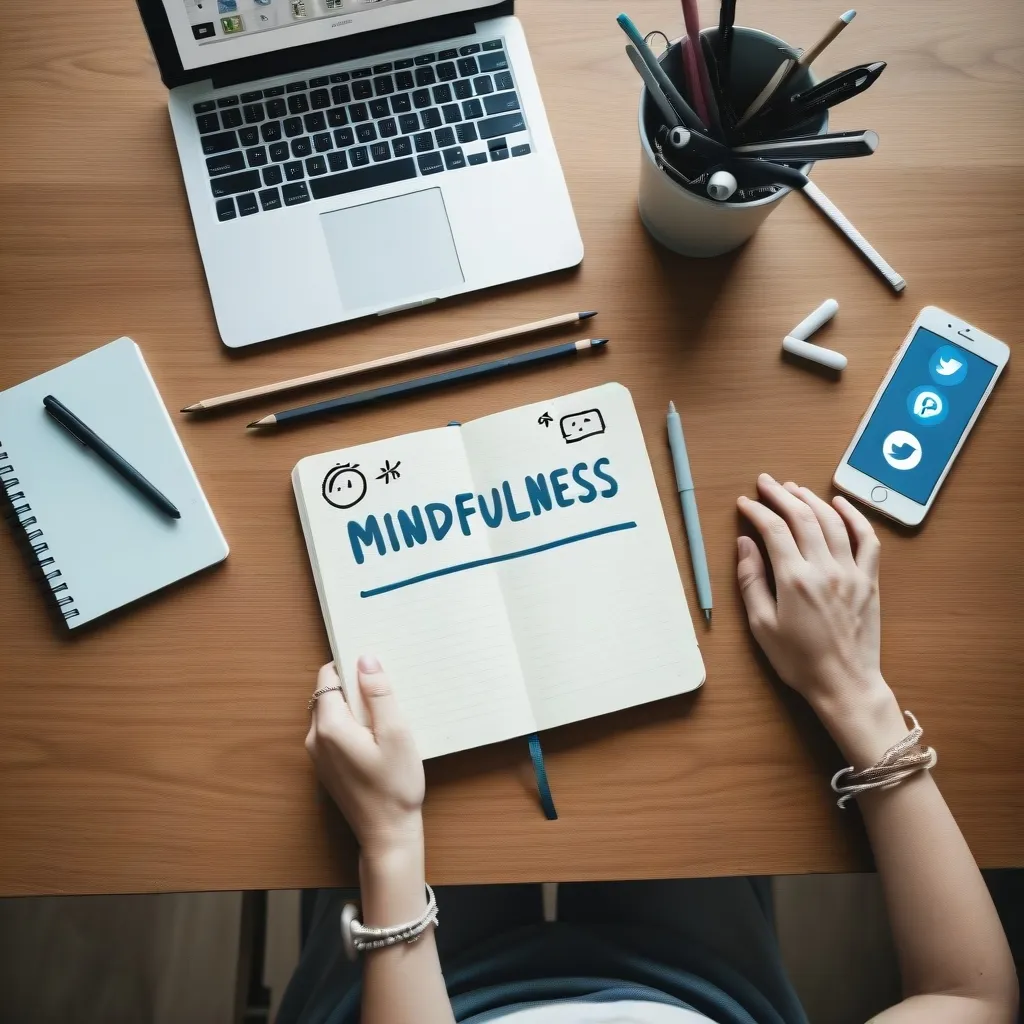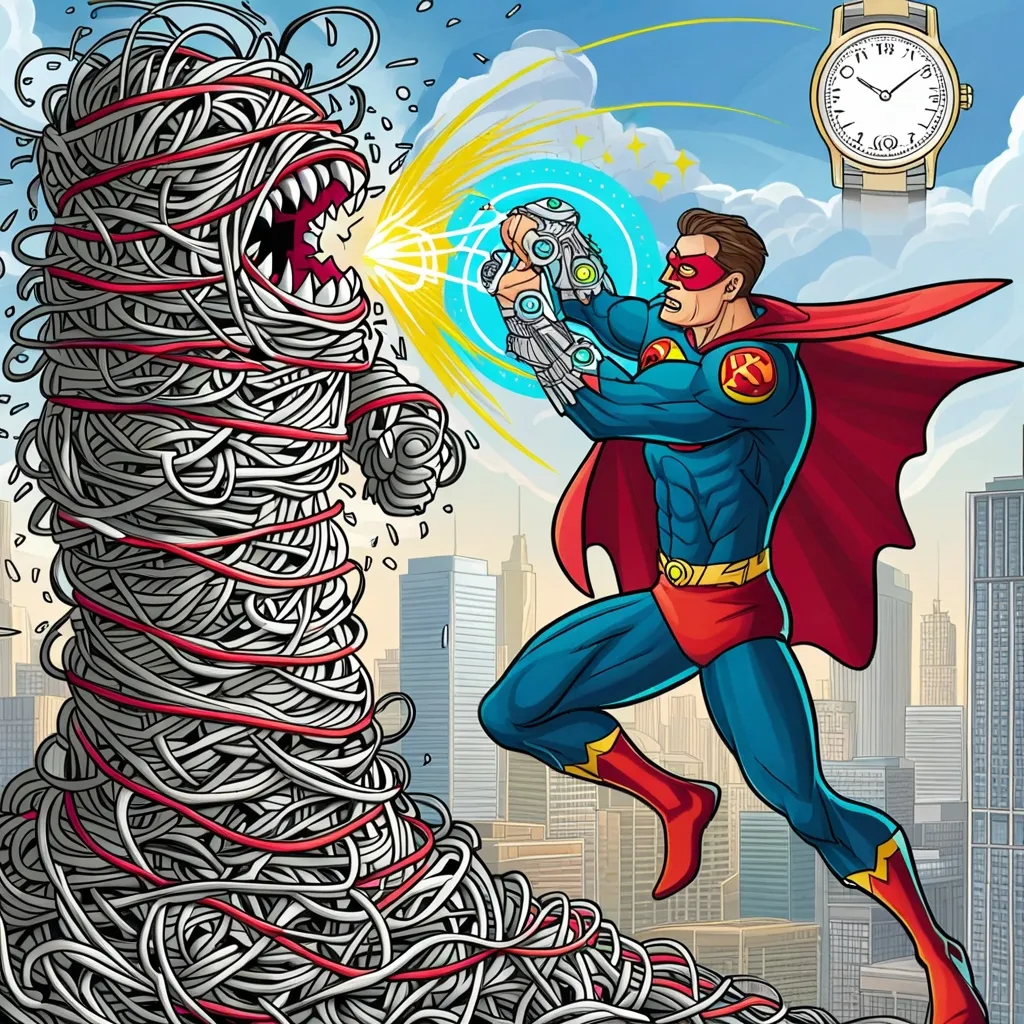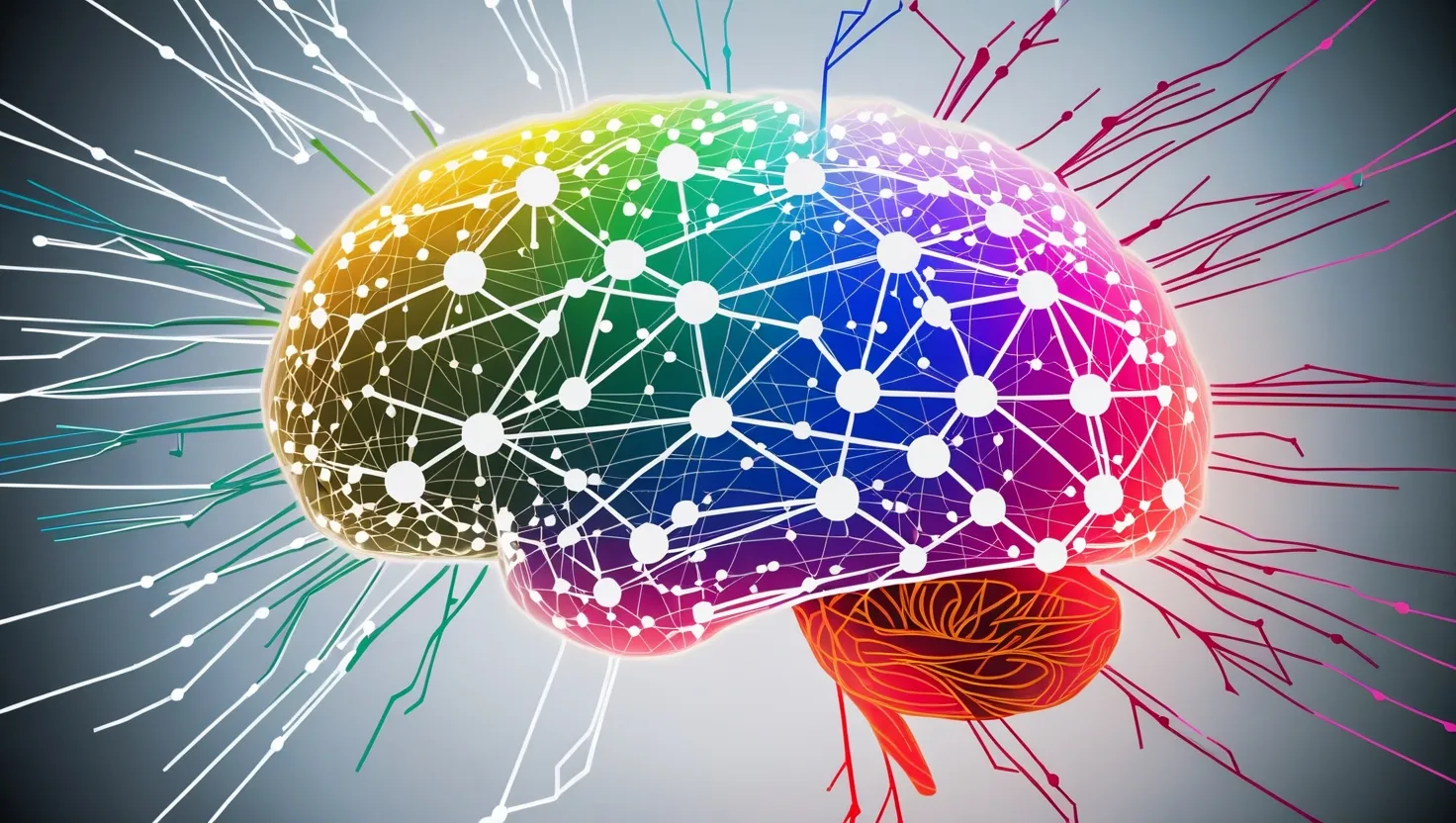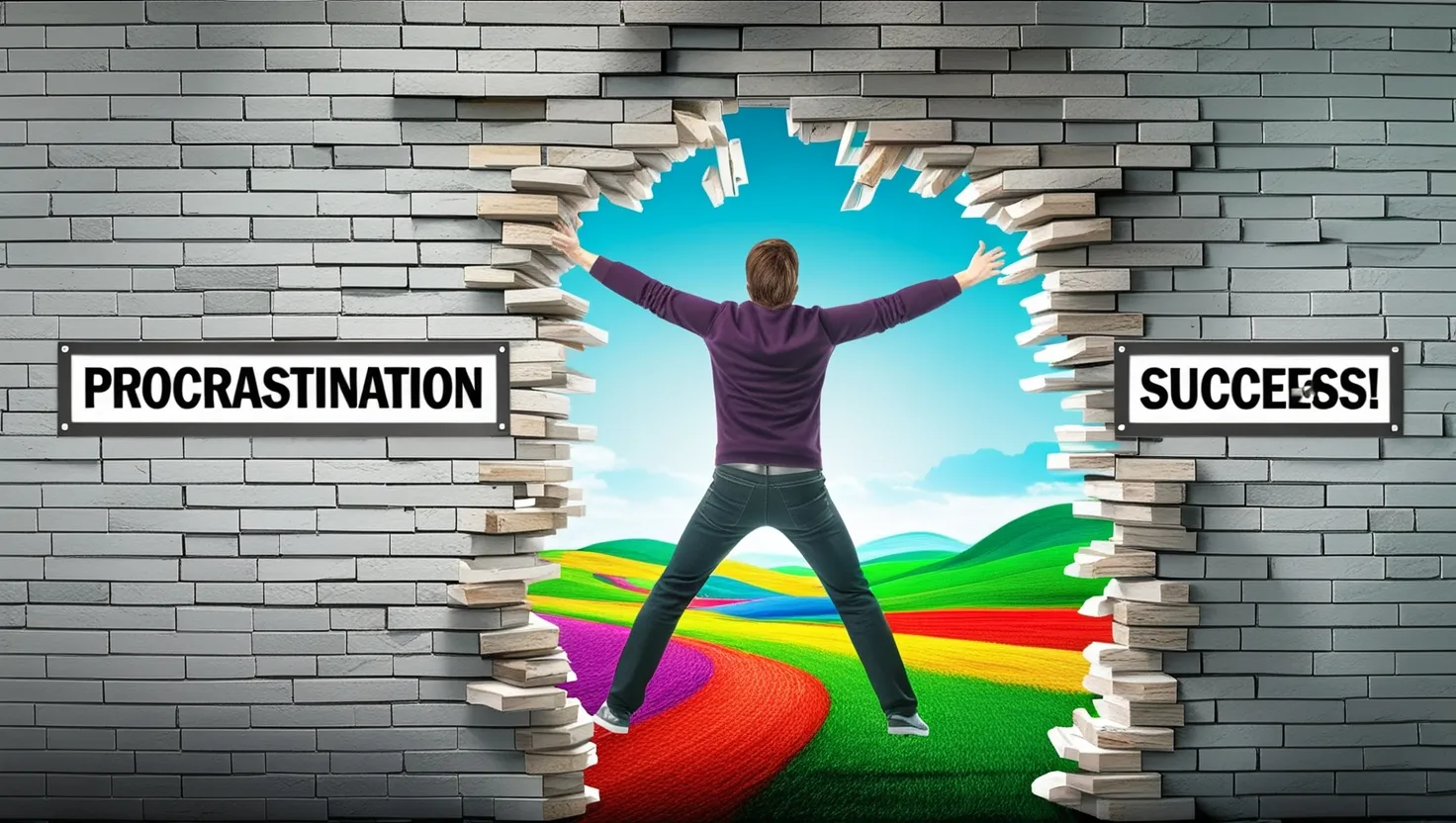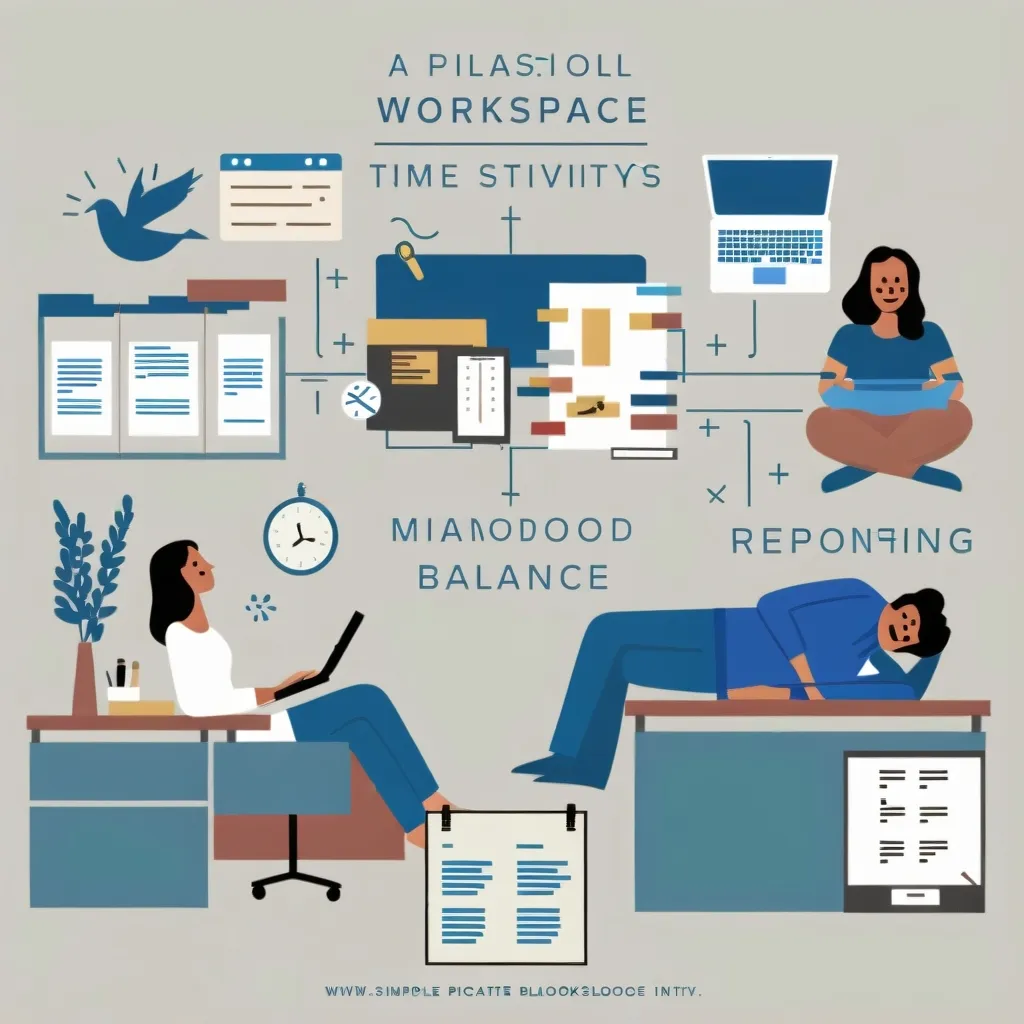In the hustle and bustle of daily life, staying focused almost feels like a superpower. Distractions lurk at every corner, from the subtle buzz of a smartphone to the magnetic pull of social media. To tackle this, many people are turning to a nifty little tool called the distraction log. It’s basically a journal that helps you zero in on what’s yanking your attention away and how often it’s happening.
Understanding these distractions is half the battle. They’re not just minor hiccups; they can really mess with your brain’s performance. Studies show that distractions can seriously hamper memory and disrupt a range of cognitive tasks, including visual processing. Visual distractions can particularly mess with your ability to recognize things, while both visual and auditory interruptions can throw off your detailed recall.
So, what exactly is a distraction log? Think of it as a diary where you jot down your distractions. It’s like having a play-by-play of what’s derailing your focus. By acknowledging and recording these interruptions, you start to see patterns and, hopefully, figure out ways to minimize them.
Setting up a distraction log is a breeze. Grab a notebook, open up a spreadsheet, or download a dedicated app. Your log should have columns or sections for what you’re doing, what you intended to do, and any notes or reflections. You might even want to add a column for what time these distractions pop up.
Next, make a list of your common distractions. Are you always checking your phone? Getting lost in social media? Maybe you’re prone to daydreaming or fidgeting. Write these at the top of your columns.
As you go through your day, jot down each distraction. If you’re supposed to be writing but end up checking email, note down “checking email” under “What am I doing?” and “writing” under “What I intended to do.” It’s that simple.
After a few days or a week, take a look at your log. Patterns will start to emerge. Maybe you’ll notice you’re more distracted in the afternoons, or that social media is a constant temptation. Use this info to tweak your habits.
The benefits of using a distraction log are pretty sweet. For starters, you gain self-awareness. By tracking your distractions, you become more conscious of your habits. This is the first step to making any real changes.
Once you know what’s distracting you, it’s easier to take steps to eliminate or at least curb these interruptions. For example, if social media is a big one, you could use website blockers or schedule specific times to check your accounts.
All of this leads to improved productivity. When distractions are minimized, you can focus more on your tasks, translating to higher efficiency and better quality work. This is crucial for jobs that need deep concentration.
Interestingly, distractions often have emotional roots, like boredom or anxiety. Recognizing these can help you manage them better. For example, if you’re constantly distracted by negative thoughts, practicing self-compassion or cognitive reappraisal might help.
In real life, a distraction log can be a lifesaver. Picture this: You’re working on a critical report, but you keep ending up on social media. A distraction log helps you spot this pattern and come up with a plan, like turning off notifications and logging out of social media during work hours.
Or think about studying for an important exam. If thoughts about upcoming events keep derailing you, a distraction log can help you notice these thoughts and get back on track.
Even when working on a creative project, if you’re constantly checking your phone or daydreaming, tracking these distractions can help you spot the patterns. Maybe setting your phone to “do not disturb” or working in a quieter space can make a big difference.
Some common distractions and ways to tackle them include social media, notifications, daydreaming, and fidgeting. For social media, website blockers or setting specific times to check your accounts can help. For notifications, turn off non-essential ones and use “do not disturb” mode during work hours. To manage daydreaming, allow yourself short breaks and use a timer to stay focused. If fidgeting is an issue, create a comfortable workspace and maybe use a fidget toy, but make sure it doesn’t become another distraction.
In conclusion, a distraction log is a straightforward yet effective tool for boosting focus and productivity. By tracking your distractions, you gain a clearer understanding of your habits and can develop strategies to manage them. This increased self-awareness can lead to better quality work, higher productivity, and a more balanced life. So, take a moment to reflect on your distractions and start logging them today. It’s amazing how much more focused you can become with just a little attention to the details.
